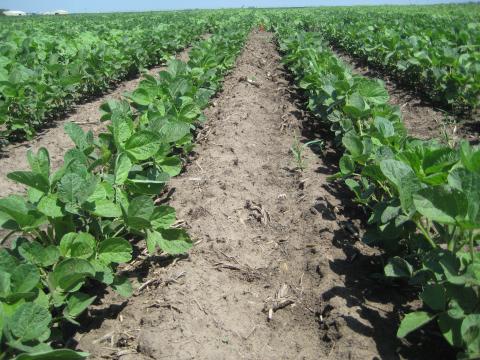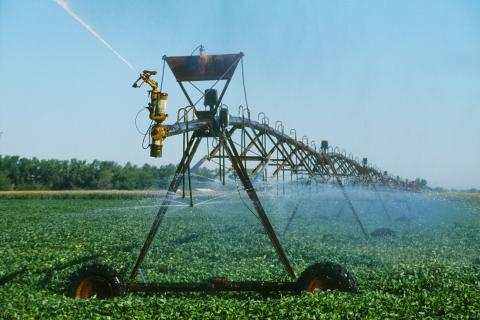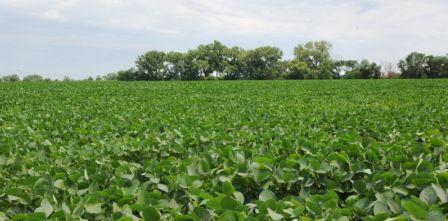Effect of Excessive Rainfall on Efficacy of Residual Herbicides Applied in Corn and Soybean
May 23, 2017
How excessive rainfall may affect the efficacy of residual herbicides is complex and influenced by multiple properties of the soil and the herbicide applied.
How to Differentiate Common Waterhemp and Palmer Amaranth Seedlings
May 16, 2017
Growers should be on the lookout for common waterhemp and Palmer amaranth, which typically start emerging in the first or second week of May in Nebraska.
Watch for Palmer Amaranth in Conservation Reserve Program (CRP) Fields
May 12, 2017
Palmer amaranth has not been confirmed in conservation plantings in Nebraska; however, the identification and occurrence of Palmer amaranth in CRP fields in Iowa has raised concerns among weed scientists and growers about its spread into conservation plantings in Nebraska and offer some suggestions for growers.
Spraying the New Phenoxy Herbicide Formulations in Xtend and Enlist Soybeans Will Present Challenges
May 11, 2017
The new phenoxy herbicide formulations, including Enlist Duo™ (Dow), XtendiMax® (Monsanto), Engenia™ (BASF), and FeXapan™ (DuPont), offer growers new management options along with new application requirements. To alleviate problems related to applying new phenoxy herbicide formulations in soybeans as well as to increase herbicide performance, manufacturers have established application requirements. Here we discuss some of the key application factors to consider.
Timing is Critical with Pre-Emergence Flumioxazin-Based Herbicides in Soybeans
April 26, 2017
Soybean planting has started in Nebraska and it’s time to apply pre-emergence herbicides. Six weeds have evolved resistance to glyphosate in Nebraska. The best way to effectively control resistant and other hard-to-control weeds is by applying residual, pre-emergence herbicides with multiple effective modes of action. Several new herbicides recently registered in soybean are in this category and could be considered.
Planting Interval of Corn after Previous Year's Soybean Herbicides
April 21, 2017
Corn-soybean is the most common cropping system in eastern Nebraska. While corn growers are getting ready for planting this season, it is important to pay attention to the planting interval of herbicides applied the previous year in soybean. Certain soybean herbicides have relatively longer planting intervals for corn, especially if they are applied post-emergence in soybean. This is particularly important because soybean planting was late last year in much of Nebraska due to May rains. This caused postemergence herbicides to be applied later in the season than they might normally be, making it important that you pay attention to the planting interval.
Planting Soybean after Soybean (Part 2): In-Season Management Considerations
April 13, 2017
In Part 1 of this article, we look at considerations for planting soybean after soybean. In this article, Part 2, we share considerations for in-season management.
Planting Soybean after Soybean (Part 1): Planting Considerations
April 13, 2017
Farmers are increasing their soybean plantings for 2017, which likely means some are shifting to soybeans-after-soybeans. This article looks at what you should be considering at planting time as you consider changing your cropping sequence.







